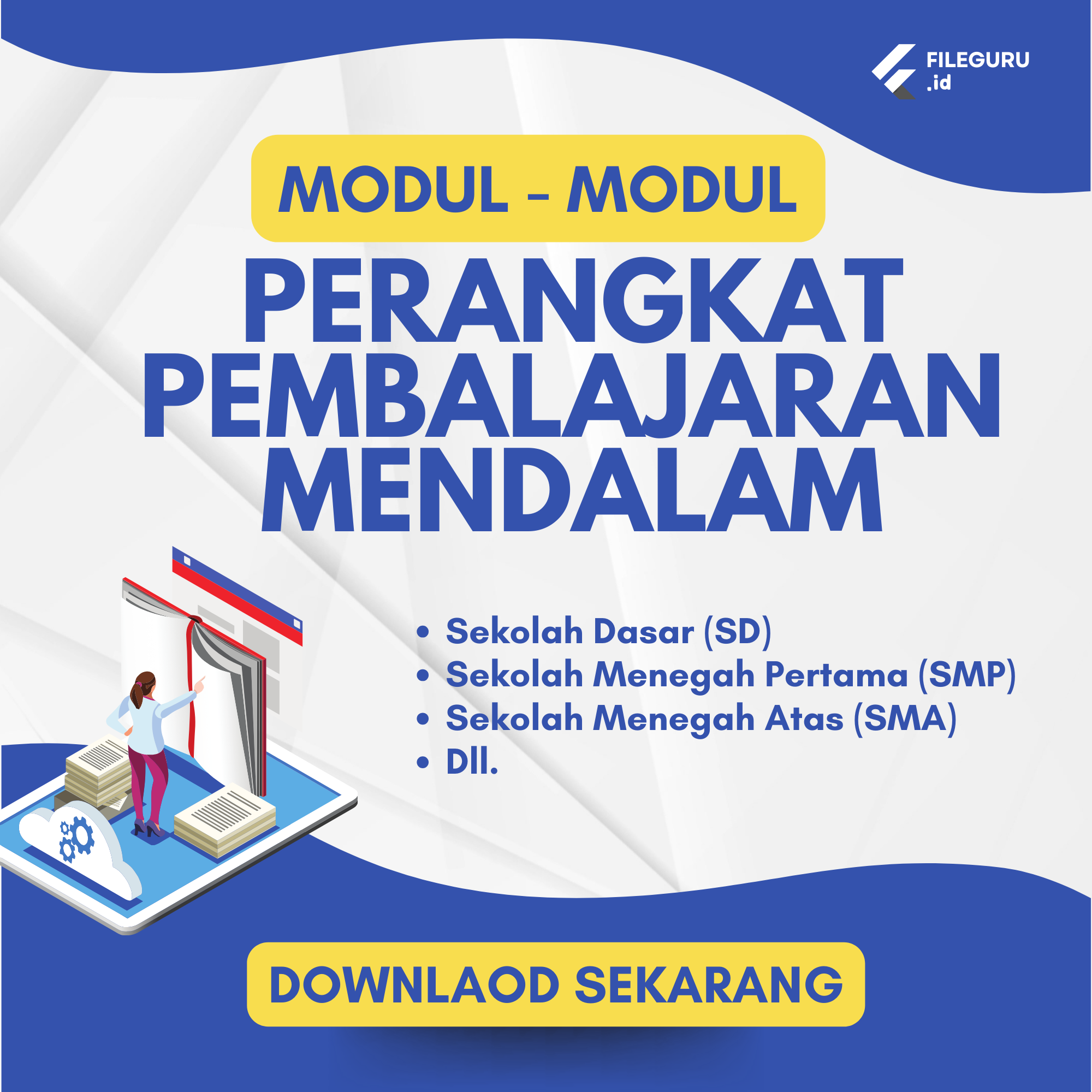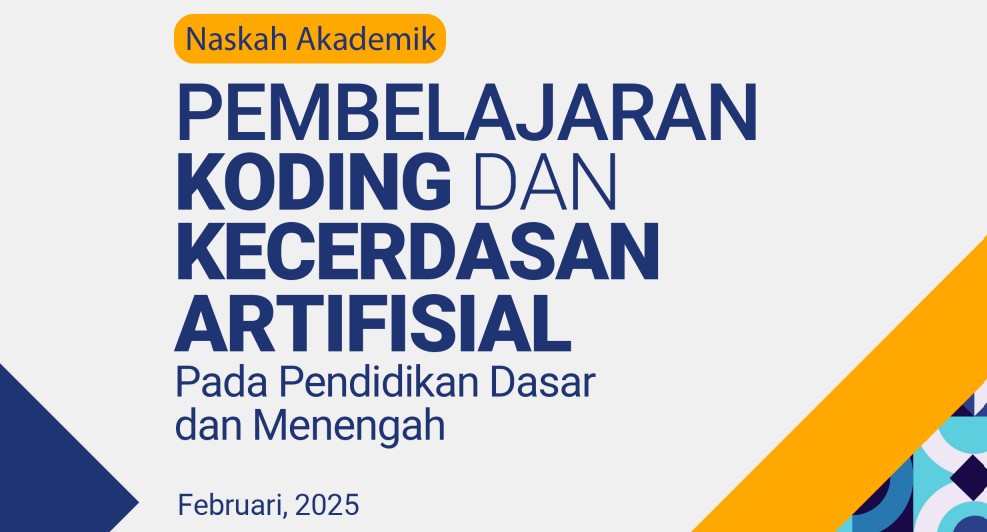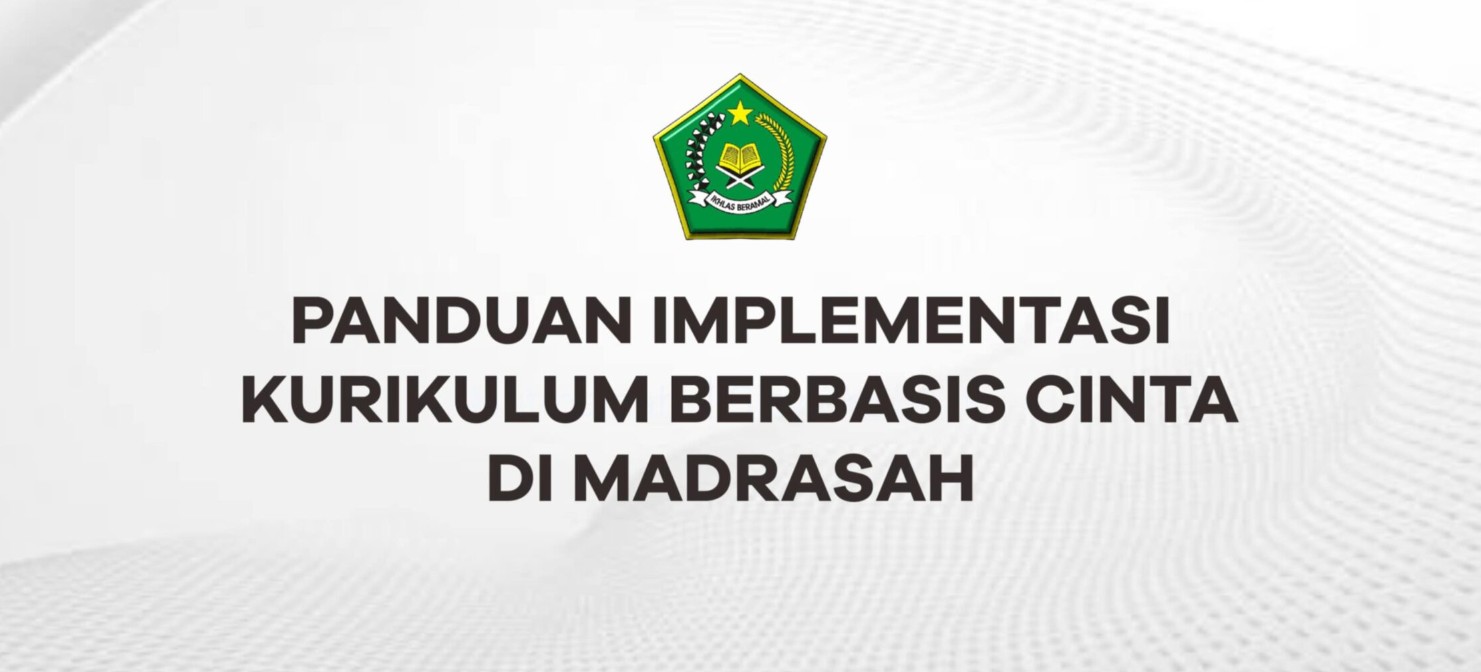Allowance for Doubtful Accounts and Bad Debt Expenses Cornell University Division of Financial Services
One of the most useful tools in this regard is an aging report, which categorizes accounts based on the length of time they have been overdue. Accounts overdue for 30, 60, or 90 days should be scrutinized more closely, as they pose a greater risk. By classifying overdue accounts, businesses can prioritize their collections efforts.
So, the company will need to make bad debt expense when writing off accounts receivable under the direct write off method. The alternative to the allowance method is the direct write-off method, under which bad debts are only written off when specific receivables cannot be collected. This may not occur until several months after a sale transaction was completed, so the entire profitability of a sale may not be apparent for some time. The direct write-off method is a less theoretically correct approach to dealing with bad debts, since it does not match revenues with all applicable expenses in a single reporting period. Incorporating debt management into the broader framework of financial planning is essential for businesses seeking long-term growth and financial stability. Incorporating automation into AR management also offers the ability to analyze historical trends and patterns in customer payment behavior.
Once an account is identified as uncollectible, the next accounting step involves removing it from the accounts receivable balance and simultaneously reducing the allowance for doubtful accounts. The journal entry for writing off an uncollectible account is a debit to the Allowance for Doubtful Accounts and a credit to Accounts Receivable. Through predictive analytics, businesses can anticipate potential issues with receivables before they become major problems.
How can businesses minimise bad debts effectively?
Effective communication with customers regarding payment terms and deadlines also helps encourage timely settlements, reducing the strain on cash flow. If the new estimate indicates a higher required allowance balance than what currently exists, an adjusting entry is made to increase the allowance. This involves a debit to Bad Debt Expense and a credit to Allowance for Doubtful Accounts. As discussed earlier, allowance for doubtful debt is a contra-asset to offset the account receivables. The allowance for doubtful debt is recorded as a negative balance under the account receivables in the company’s balance sheet. It is deducted from the total account receivables, and as a result, the most realistic value of account receivables is recorded in the company’s balance sheet.
For instance, by analyzing payment trends, a business can identify customers who consistently delay payments or who have a history of failing to meet credit terms. This data can be used to refine the company’s credit policies, adjusting payment terms, or even deciding whether to extend credit to certain customers at all. This proactive approach helps minimize the likelihood of accumulating doubtful accounts and provides businesses with the tools to address issues before they escalate. With modern AR automation tools, businesses can track the aging of accounts in real-time, providing up-to-date data on overdue payments.
How to Use the Aging of Accounts Receivable Method for Bad Debts
Businesses that continuously refine their debt management strategies based on data-driven insights are better positioned to mitigate risks, optimize cash flow, and maintain strong customer relationships. This data-driven approach enhances decision-making and ensures that businesses can adapt their strategies to meet the evolving needs of their customers and the broader market. As businesses grow and their customer base diversifies, the strategies used to manage doubtful accounts must evolve.
Streamline Your Accounting Processes With HighRadius Record-To-Report Solution
This involves comparing actual write-offs to previous estimates and making adjustments as necessary. An inadequate allowance may result in overstated receivables, while an excessive allowance could indicate overly conservative estimates that affect reported profits. When a company determines that a specific customer’s account receivable is uncollectible, a journal entry is made to write off the account.
Revenue Reconciliation
In many cases, such customers may have been late on payments previously or may be experiencing financial hardship that could delay or even prevent payment. Under the Aging of Accounts Receivable Method, a company creates an estimate of bad debts based on the age of outstanding invoices. An Accounts Receivable Aging Report separates outstanding invoices into columns based on the age of the invoices. Modern accounting software simplifies the management of doubtful accounts by automating calculations and providing real-time insights.
Since a small percentage of customers often represent a large portion of receivables, some companies employ Pareto analysis (the 80/20 principle). They focus their estimates on major accounts that constitute most of their receivables. Determining the right amount to set aside for potentially uncollectible invoices requires both art and science. Companies must choose a method that balances accuracy with being practical, considering their industry, customer base, and available data. Creating this allowance doesn’t require knowing exactly which customers will default. Instead, companies use historical patterns, customer data, and economic trends to make estimates.
By analyzing historical data, you can determine a suitable percentage of AR that may go unpaid. This could range from 2% for some companies to 5% for others, based on past performance. A write-off is an action of the elimination of a particular customer’s account balance due to the uncollectibility of receivables. When the company writes off accounts receivable, such accounts will need to be removed from the balance sheet. This estimate is made before specific accounts are identified as uncollectible, recognizing potential losses in advance. When a customer’s account is determined uncollectible, it is identified for write-off.
What is the Direct Write-off Method for Bad Debts?
- This straightforward approach works particularly well for businesses that experience consistent sales volumes and have predictable patterns in bad debts.
- A company can write-off a bad debt by using either the Direct Write-off Method or the Allowance for Doubtful Accounts Method.
- Historical data reveals patterns in both customer behavior and financial transactions, helping businesses identify sectors, regions, or customer types that are more prone to late payments or defaults.
- However, the balance will be back to be normal after adjusting entry for bad debt because the company will add the debit balance to the required balance in the adjusting entry.
- The integration of automation and advanced analytics into debt management practices can further amplify these benefits.
- Advances in technology now offer businesses sophisticated platforms that integrate accounts receivable management systems, enabling businesses to monitor customer payment behavior in real time.
Regular audits and reconciliations further strengthen the reliability of financial records. Effective financial planning and reporting requires accurate calculation of the allowance for doubtful accounts. Businesses typically use historical data and established accounting methods to estimate uncollectible debts, ensuring consistency and accuracy. When the allowance account is used, the company is anticipating that some accounts will be uncollectible in advance of knowing the specific account.
As sales on account are made to customers, the Accounts Receivable balance increases. The allowance for doubtful accounts is a key component of efficient cash flow management, which is itself essential for business sustainability. By closely monitoring receivables and implementing credit control measures, businesses can reduce financial risks and maintain liquidity. A thorough audit begins with a review of the methods and assumptions used to calculate the allowance for doubtful accounts. This includes examining historical data, evaluating the accuracy of past estimates, and ensuring that current calculations align with actual trends.
Estimating the Allowance for Doubtful Accounts: Advanced Methods and Best Practices
- By proactively estimating and setting aside an allowance for these potential losses, companies can cushion the impact of unpaid debts on their overall financial health.
- A write-off is an action of the elimination of a particular customer’s account balance due to the uncollectibility of receivables.
- By making these adjustments based on data-driven insights, businesses can minimize the likelihood of encountering significant issues with doubtful accounts in the future.
- And when we do this through each of our age categories and add it all up, we’ve determined there’s about $15,000 that we think we may not collect.
- You will enter the bad debt expense of $750,000 as a debit and offset it by crediting AFDA with the same amount.
- Another widely used method is the Aging of Receivables method, which categorizes individual accounts receivable balances based on how long they have been outstanding.
Despite the transparency of the policy and procedures, the risk of bad debts is always there. There might be unprecedented circumstances going on with the debtor resulting allowance for doubtful accounts: meaning accounting methods and more in an uncollectible amount. Since the account receivables are a source of cash inflow for a company, bad debts will impact the liquidity and true & fair statement of assets. According to the matching principle of accounting, expenses related to certain revenues should be recorded in the same period when they occur.







